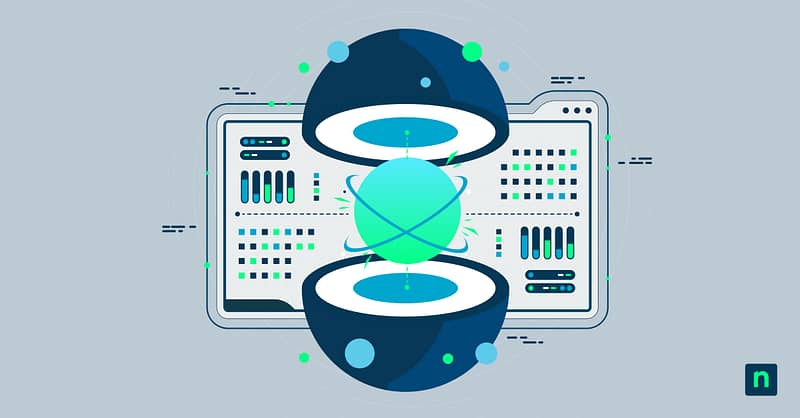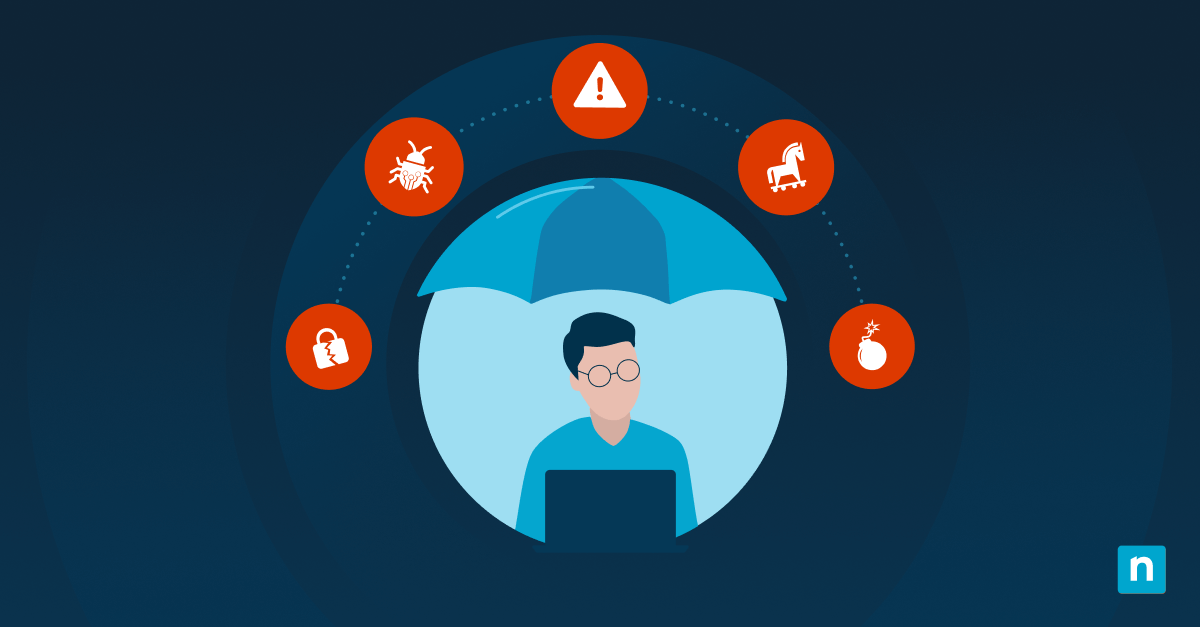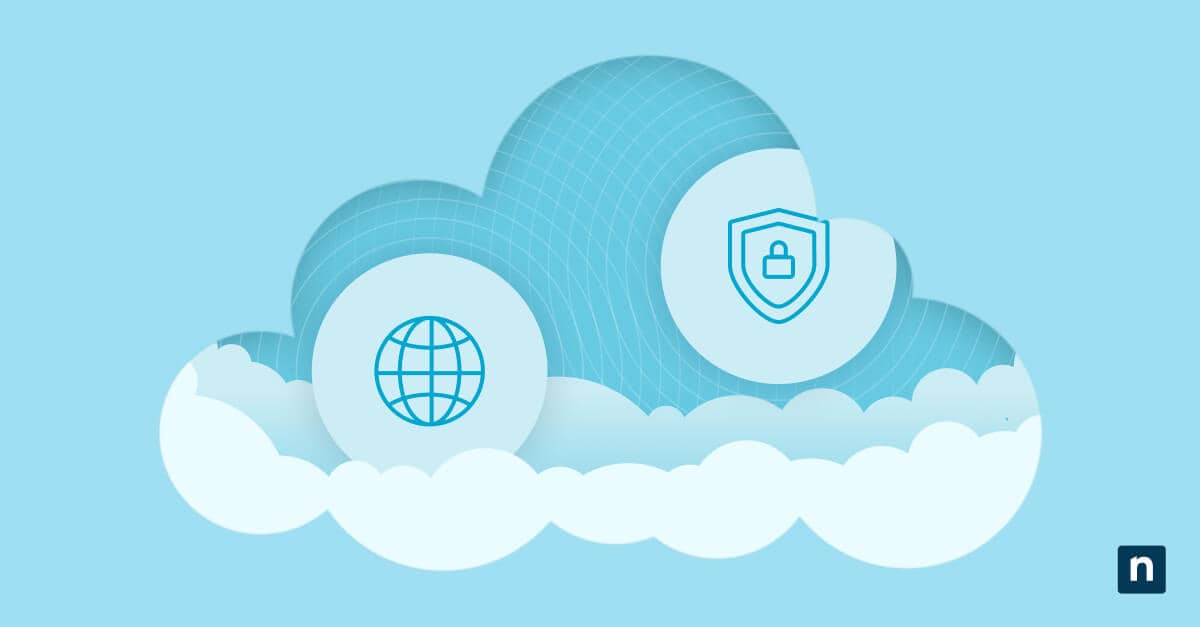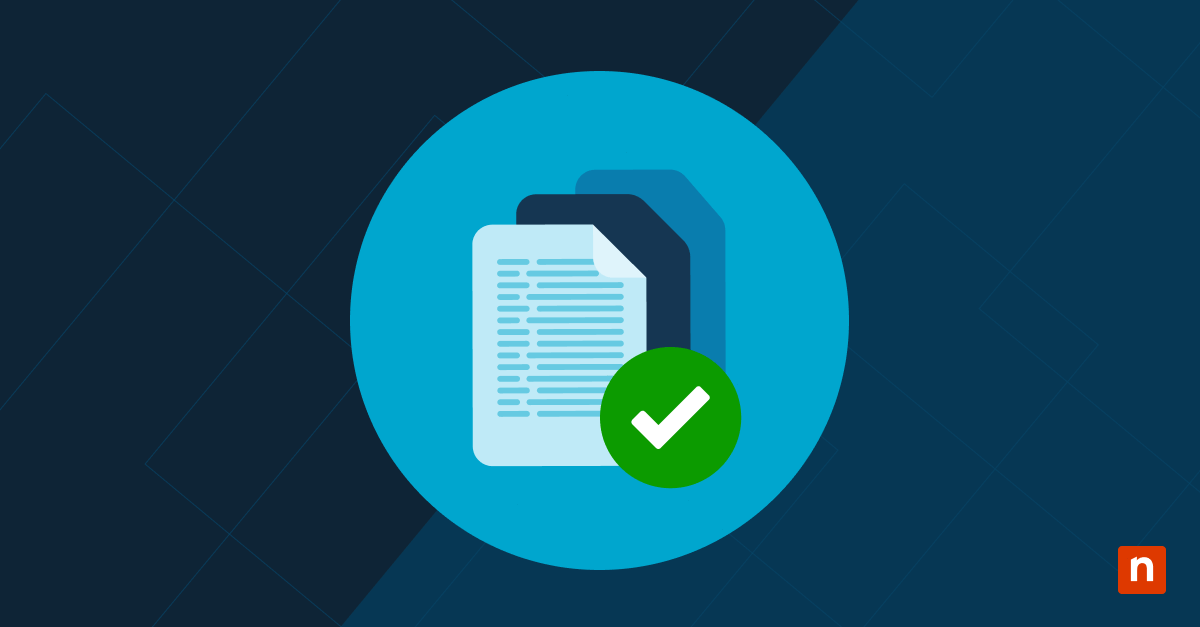Remote access doesn’t get the attention it used to. It’s not flashy. It doesn’t spark debates at IT conferences. It’s assumed. Just one more checkbox on a long feature list. But that’s the funny thing about infrastructure: the more essential it becomes, the less we talk about it.
Today’s IT environment is radically decentralized. Laptops roam between coffee shops and airport lounges. Contractors work from coworking spaces. BYOD is the norm. Managing it requires more than visibility. It requires patching, policy enforcement, and automation. None of which are cutting-edge ideas. They’re expectations. We talk about those things a lot more than remote access, though. And yet, without reliable, secure, and intelligent remote access, most endpoint management strategies would fall apart.
When the invisible becomes indispensable
The nature of remote access is that it stays in the background. But when something breaks, when speed matters, or when proximity isn’t an option, remote access becomes the most important capability in the stack.
In those moments, it’s the layer that connects knowledge to action. That connection is central to what endpoint management is: not just knowing what’s happening across your fleet but being able to do something about it securely and consistently.
One business, Flash, a leader in parking and charging technology, understands the importance of instant remote access to proactively monitor and remediate issues across its endpoints. Without remote access, Flash would have to troubleshoot kiosks by dispatching a technician, leading to wasted resources, unnecessary downtime, and rising costs. With remote access, Flash never takes for granted the ability to support a kiosk at any of its 16,000+ locations to troubleshoot and support customers.
Flash is a perfect example of how today’s environments aren’t centralized. Endpoints are everywhere. Users expect instant support without disruption. Without tools like remote access, this wouldn’t be possible.
What’s your IT philosophy?
How a team uses remote access often mirrors how it approaches IT operations more broadly. Some teams treat it purely as a break/fix tool. Others use it proactively to monitor, maintain, and optimize endpoints behind the scenes. Some operate quietly, with user transparency in mind, while others rely on speed no matter the tradeoffs.
There’s no single right answer. But the approach says something about the organization’s values. Remote access is a reflection of how IT teams balance autonomy, trust, and control. For organizations thinking seriously about culture, experience, and scalability, that balance matters.
It’s easy to take remote access for granted. But as endpoint management continues evolving with more devices, more complexity, and more demand for responsiveness, it’s worth asking:
- Is our remote access built for today’s environment?
- Does it support both speed and accountability?
- Does it make life easier for technicians and end users?
- Does it integrate with the broader way we manage endpoints?
Remote access is the old standby that still runs the show
Remote access may not be the newest or flashiest capability in your toolkit, but it’s the one that quietly makes everything else possible. It’s the difference between a hiccup and a meltdown.
Ignore it, and you’ll only notice when it’s too late. Invest in it, and it will help keep your entire operation moving no matter where your endpoints go next.







